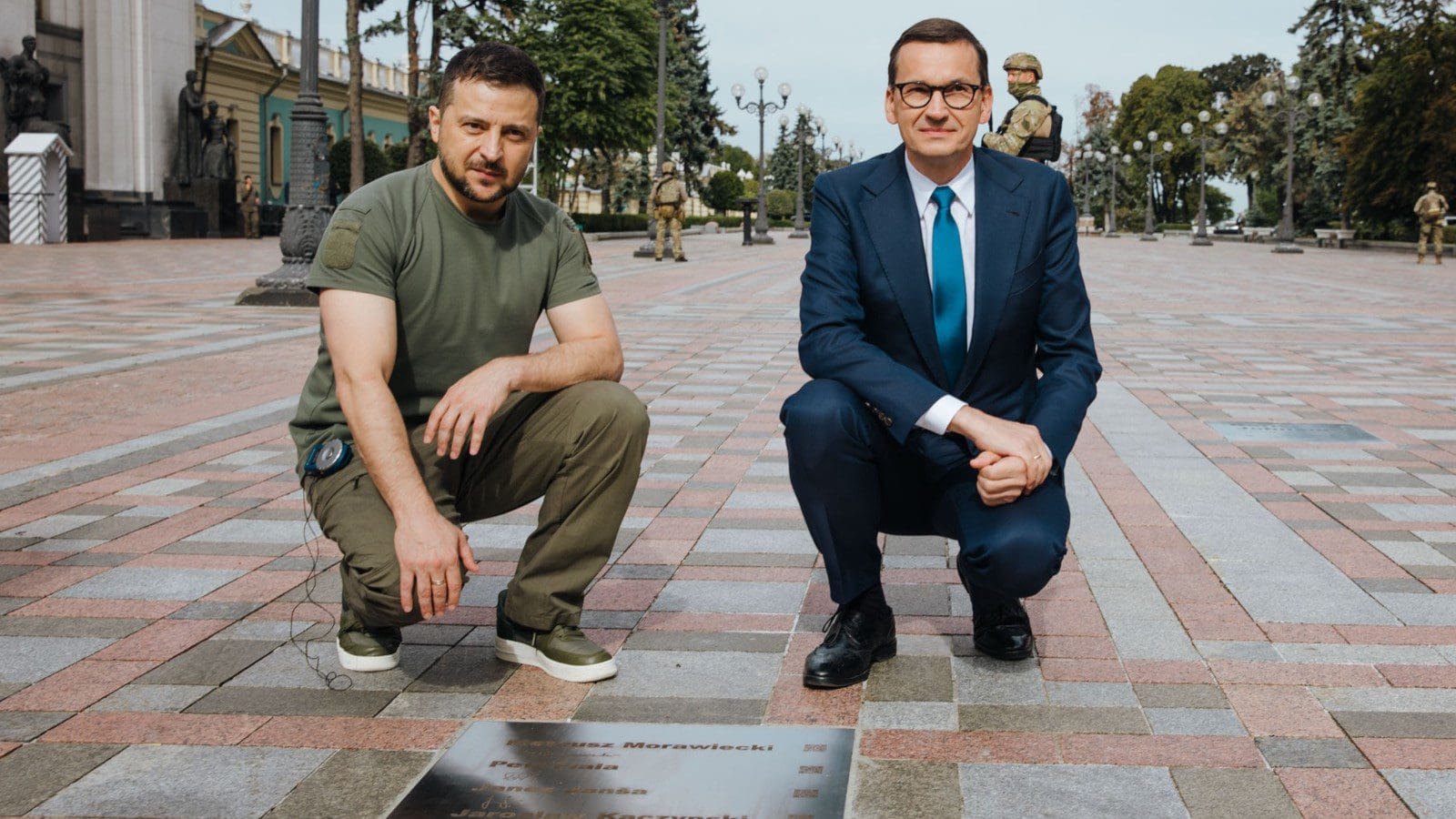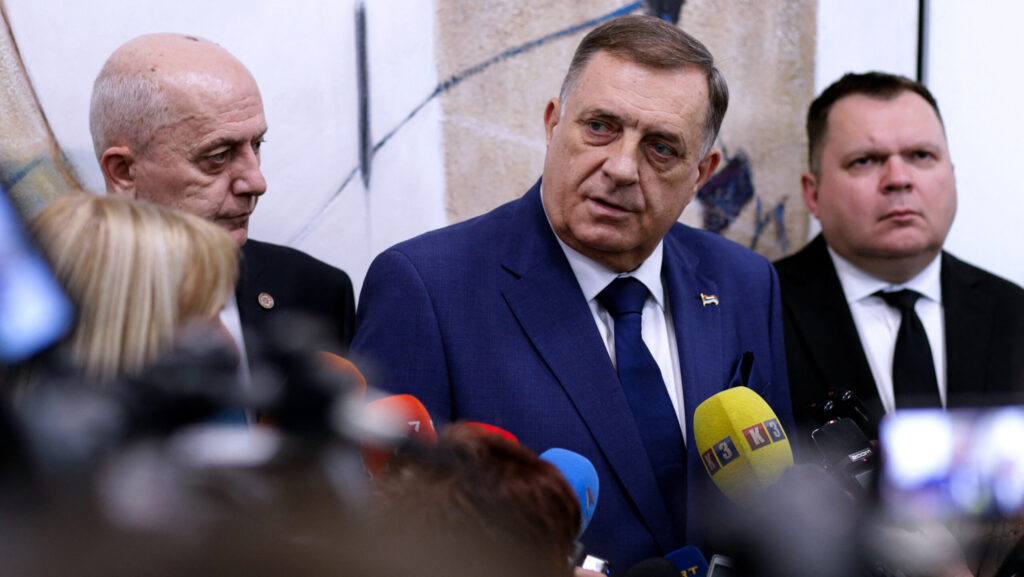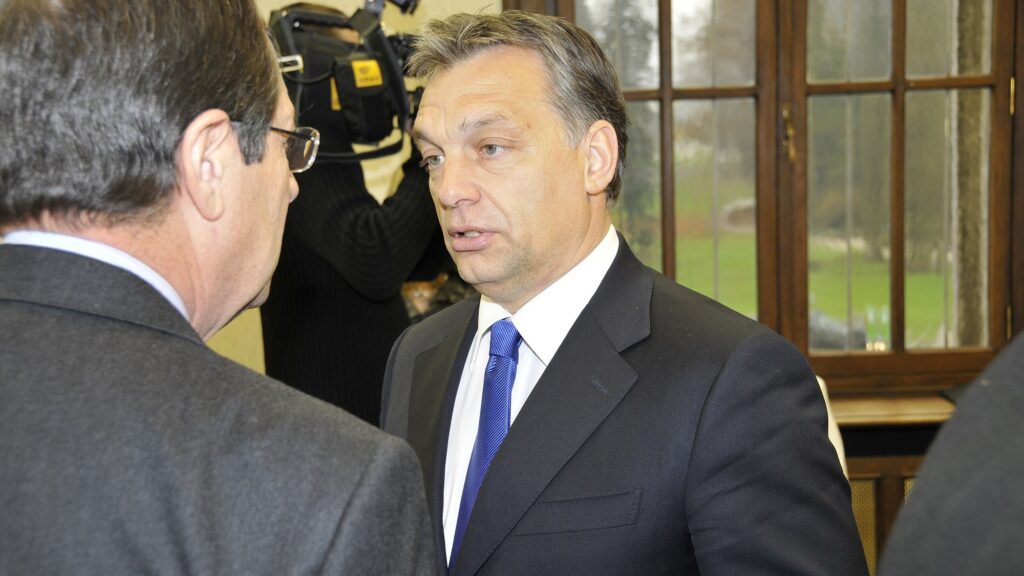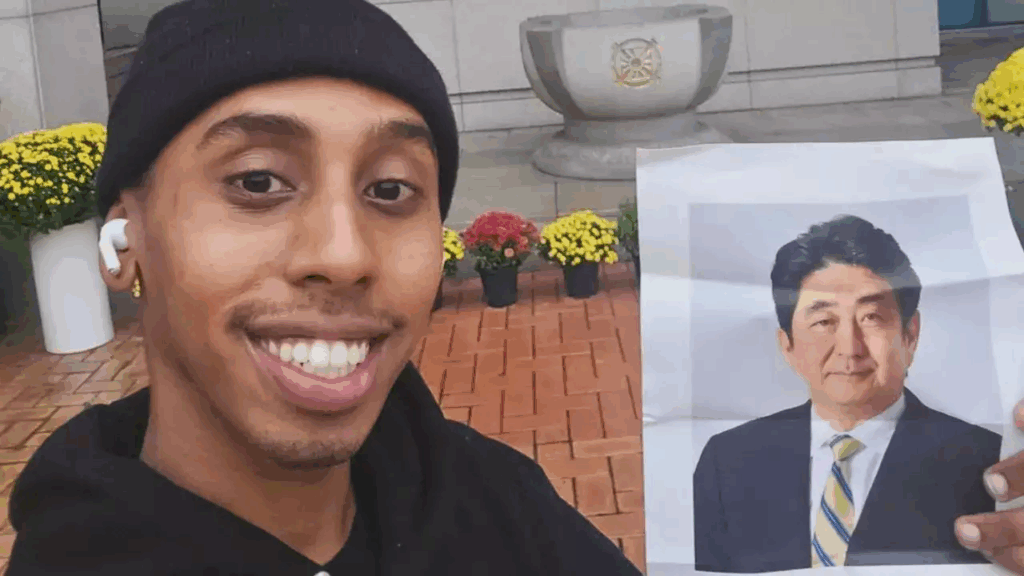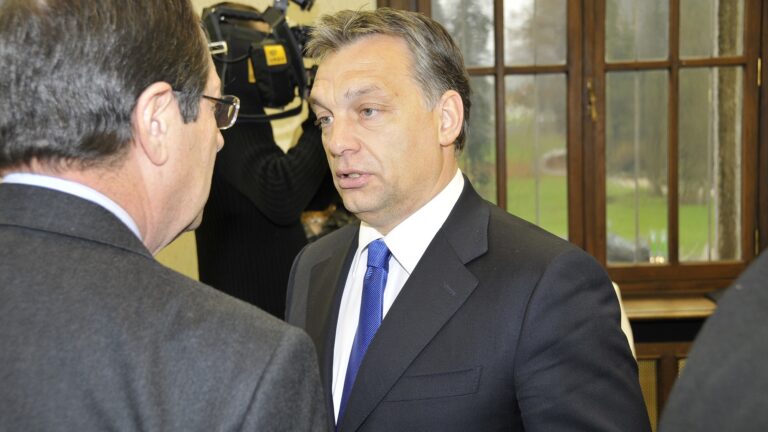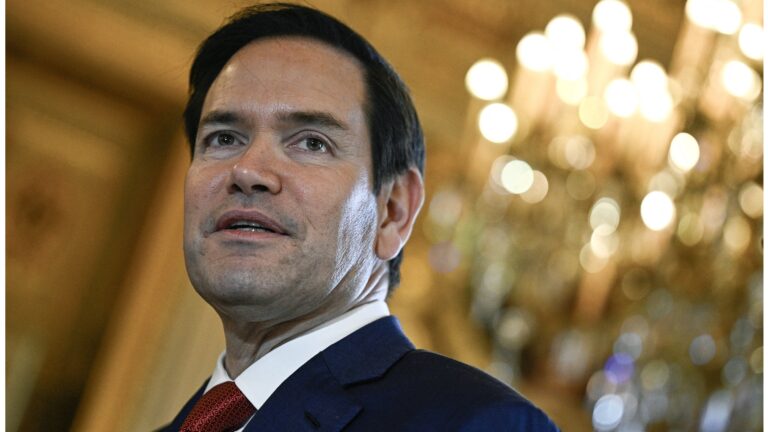Polish Prime Minister Mateusz Morawiecki hopes not only to increase economic ties with Bucharest and Kyiv, but also to make the regional alliance a key element in the reconstruction of Ukraine and the defence of Europe’s eastern frontier. The enhanced trilateral partnership could shift the balance from the West to the East on the continent.
Warsaw-Kyiv-Bucharest Triangle
On 28 March, Prime Minister Mateusz Morawiecki called for the development of a new economic community in Bucharest during the Polish-Romanian intergovernmental consultations. The Polish PM would boost economic cooperation with Romania and Ukraine to make the region’s voice better heard. The new economic community in Central and Eastern Europe Morawiecki has in mind would not only help the reconstruction and integration of Ukraine, but could balance the economic centre of gravity in Europe between the East and West. In fact, the Polish prime minister is very sceptical about the latter, not just because of the mishandling of Russia in the past decade.
‘We cannot look at the European Union as those who must be listened to and must always have the best solutions in a suitcase taken to Bucharest or Warsaw,’ Morawiecki stressed.
Earlier in a speech at Heidelberg University, Germany, Morawiecki also slammed federalist ideas regarding the future of the European Union, highlighting the role of sovereign nation states instead of other ‘illusory ideas or utopias’.
‘Nothing will safeguard the freedom of nations, their culture, their social, economic, political and military security better than nation states,’ Morawiecki argued.
Ukraine, Poland, and Romania are the largest countries in the Central and Eastern European region in terms of area and population. While it is difficult to estimate the actual population of Ukraine, the three countries together are likely to have a combined population of more than 80 million people and a combined area of more than 1.1 million square kilometres, which would make them one of the largest entities in Europe. In addition, the countries also have significant arable land and natural resources among other assets. Such an alliance could act as a deterrent to Russian imperial ambitions as well and as a key player in the reconstruction of post-war Ukraine.
Warsaw’s Regional Ambitions
Since the beginning of the full-scale war against Ukraine, Poland, the most ardent supporter of Kyiv, has been seeking to position itself as the leading power in the region and a major European player. The moral basis for Warsaw to shift the centre of gravity in Europe from West to East is the mismanagement of Russia by the West, as Morawiecki has repeatedly stressed. Warsaw sees it as a serious mistake that Western Europe, including Germany, has continued to increase its dependence on Russian energy resources even after 2014 and has not taken a tougher stance on Moscow even after the annexation of Crimea.
Beyond the moral considerations in the perception of Russia, Poland has also embarked on a major build-up of its military forces, seeking to be the main gateway to NATO and Europe against Russian aggression, which certainly enhances the role of the country, also in the eyes of Washington.
‘Poland has become our most important partner in continental Europe,’ a senior US Army officer in Europe said, citing the key role Poland has played in supporting Ukraine and in strengthening NATO’s Baltic flank.
Warsaw has decided to raise its defence spending from 2.4 per cent of GDP to 5 per cent and the country aims to spend 524 billion złoty on the military by 2035. Meanwhile, Germany, which spent about 1.5 per cent of GDP on defence last year, is debating whether it can reach NATO’s two per cent goal after it exhausts a €100 billion defence investment fund it approved earlier. Poland already has more tanks and howitzers than Germany, and while compared with Berlin’s current 170,000, Warsaw’s army is about 150,000 strong (with 30,000 belonging to a territorial defence force set up in 2017), its target is 300,000 by 2035. Warsaw has recently signed major contracts with South Korea for the purchase of military equipment as well. So far, Poland has ordered $10–12 billion worth of weaponry from the Asian country that includes 180 K2 Black Panther tanks, 200 K9 Thunder howitzers, 48 FA-50 light attack aircraft, and 218 K239 Chunmoo rocket launchers. Furthermore, the Koreans are also expected to provide to Poland a total of 1,000 K2 tanks and 600 K9 Howitzers by the mid-to-late 2020s.
However, Poland has not yet been able to translate its military power into growing political influence in Europe. The main reason for this is Poland’s multi-front dispute with the European Union over democratic values. Poland’s emergence as a strategic ally in Washington’s eyes is also hampered by criticism of Polish domestic politics and rule of law issues.
What About the V4?
Russia's aggression in Ukraine has undoubtedly caused a rift in the relationship between the Visegrád Countries (V4) and Hungary and Poland in particular. One could say that Budapest and Warsaw represent the two ends of the spectrum not only in the V4 but also in the EU when it comes to the war in Ukraine. Poland, as the EU-wide leading advocate of arms shipments to Ukraine, has transferred more than $7 billion worth of military equipment to its war-battered neighbour so far, including 200 T-72 battle tanks, MIG-29, and Su-27 fighter jets. By contrast, Prime Minister Viktor Orbán has been tenacious about Hungary not selling weapons to Ukraine and not allowing arms shipments to transit its territory. But dividing lines also seem to run deep when it comes to Russian energy, as Poland has pledged to become independent of Russian oil and gas as soon as by the end of 2022.
On the other hand, in recent months Poland and Hungary have begun to move closer to each other again, reviving V4 and bilateral relations as well in areas other than Ukraine, the centre of their disagreement.
‘While respecting the sensitivities of our Ukrainian friends, we can return to both the V4 cooperation and joint action with Hungary in areas where we share common values and interests,’ told Mateusz Morawiecki to the Polish magazine Sieci in September. The Polish PM also admitted that regional cooperation within the Visegrád Group considerably strengthened its constituent countries.
‘In this case, 1 plus 1 plus 1 plus 1 is not four, but seven or eight. That is why our group will survive despite the differences—sometimes big differences—between the governments of the particular countries,’ he added.
Asked by Politico on 24 March, Morawiecki argued that Poland and Hungary have separate opinions only regarding ‘all those aspects related to Ukraine and Russia’ but on everything else, he added, ‘we are like-minded countries.’
However, the Polish President's optimism about the V4 and bilateral relations may not be long for Budapest. Poland is due to hold parliamentary elections in November and, according to current opinion polls, Morawiecki's Law and Justice party (PiS) is not in the best position to win. Morawiecki is taking hits from several sides, over strict abortion laws, delays in EU funds and also over his relations with the Hungarian government. Morawiecki's main opponent seems to be Donald Tusk, who may be less welcome in Budapest, given his turbulent relations with the Orbán government including forming harsh critics against PM Viktor Orbán last year during an opposition rally in Budapest before the Hungarian elections in April.
Meanwhile, the Czech Republic also sees many more dark clouds over the future of the V4. Newly elected Czech President Petr Pavel has dismissed the Visegrád Group as a ‘consultation forum without the ambition of detailed coordination on foreign or security policy’. According to the Czech President—trying to steer its country towards a deeper EU integration—the V4 members cannot agree on basic issues, which is a fundamental problem for the future of the group.
Although a key virtue of the V4 has always been its ability to look beyond momentary political differences and revitalise, the current situation is likely to challenge the regional formation more than ever.
Related articles:

